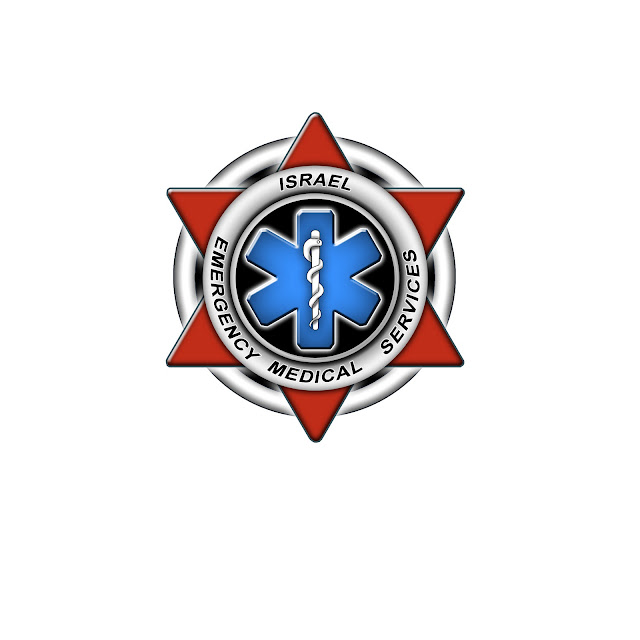Despite radiation concerns, medical mission sets out for tsunami-stricken region, along with 80 tons of medical, humanitarian supplies
An Israeli medical aid team consisting of 50 doctors left for Japan on Saturday night, accompanied by representatives of the IDF Home Front Command and the Foreign Ministry. The delegation's two planes also carried 62 tons of medical supplies and 18 tons of humanitarian supplies, which included 10,000 coats, 6,000 blankets, 8,000 gloves and 150 portable toilets.
One of the planes, a Boeing 747, carried the aid supplies that included medical instruments, fuel, oxygen, medication, food, water, hospital beds and other equipment necessary for the establishment of a clinic, while the other plane carried the members of the delegation.
The team was expected to reach Japan on Sunday afternoon, and set up a clinic in the city of Kurihara, which is located in the Miyagi Prefecture, one of the areas that was damaged the most by this month's tsunami. The facility will treat refugees in the region.
A send-off ceremony was held for the delegation at the Nevatim Israeli Air Force Base, which was attended by Japanese Ambassador Haruhisa Takeuchi, members of the Japanese media and Foreign Ministry Deputy Director General for Europe Rafi Barak.
Hagai Shagrir, director of the Foreign Ministry's Northeast Asia Division, told Ynet before boarding the Japan-bound plane: "We are indeed worried about the radiation, and the first condition that we posed was that the activity cannot endanger the health of any Israeli on the delegation. We intend to monitor the air and the water, and get real-time updates. If the situation worsens, we will decide immediately. No one will be put at risk."
Shagrir explained that the clinic will provide basic medical services, including first aid, diagnostics, x-rays, blood tests and referrals for those in need of hospitalization. In addition to physical health services, the medical team will also address emotional trauma of refugees, espcially those who lost family members.
"We expect to work under difficult conditions," he said. "We received reports that the conditions there are very basic, that people sleep on cardboard in bad weather. I imagine the sights will be difficult."
Prime Minister Netanyahu spoke with the head of the delegation, Brigadier-General Shalom Ben-Aryeh, and praised the members of the team.
"You continue to wave Israel’s flag proudly," he said. "This is not the first time an Israeli delegation sets out to provide aid around the world, and it shows a lot about the Israeli society. You are ambassadors of the real Israel, of a people that work for the greater good, and I am sure that you will save many."
Pini Avivi, the Foreign Ministry's deputy director-general for Euro-Asian affairs, said that the "team plans to stay for a period of a fortnight to one month, but will adjust itself according to the needs. If they need to stay longer, so be it."











